Affiliate Disclosure: By clicking through the links on this page and purchasing the products, you’ll be helping me out. This is done because I receive a kickback from the sellers at no extra cost to you! Thank you so much for supporting us!
Weight
8.11 oz/ 230g for men’s US9
Stack height
21mm total stack height
Zero Drop
Made for
Dry trails
Barefoot training with some cushion
Pros & Cons
✔ Minimal feel with some protection
✔ Extremely flexible and lightweight for a cushioned shoe (230g for EU size 42.5)
✔ Relaxed upper for a comfortable fit
✔ Affordable price point at $120
✖ Limited traction on muddy or aggressive terrain
✖ Still too shallow for some
✖ We could see durability issues
What do you want to know?
Common questions:
Ever wonder what it’s like to hit the trail with a shoe that feels more like an extension of your foot than a piece of equipment?
The Altra Superior 7 might just be that shoe. It’s a throwback to the Altra past when ground feel was king!
Coming in at a 21mm stack height, it’s technically not the absolute lowest in Altra’s lineup—that crown belongs to the King MT—but due to the shoe’s design and makeup, it certainly “feels” like the most minimal Altra shoe.
Let’s break down what I’ve encountered so far. As always, I’ll cover fit, feel, durability, and give a candid takeaway at the end.
I’ve put it through some dry trail testing, and I’m eager to see how it handles wet conditions once I get a chance.
The Superior 7 has a more shallow fit compared to other Altras trail shoe, leaning towards a more precise, sock-like fit. The toe box isn’t the widest in the trail lineup. It tapers a bit along the little toe side—still similar to the Superior 6—yet it still offers enough room, especially around the big toe, which is a bit of a big deal for me.
50 km update
After logging more miles in the Superior 7, I noticed the foam began to pack out a bit. Interestingly, the shoe actually felt deeper than the Superior 6 over time. I originally removed the insoles due to the shallow fit, but eventually put the original Altra insoles back in to fill out the extra room. So while the initial fit might feel snug, the shoe does break in—and quite a bit at that. This should occur after 10-15km.
Which Altra Shoe is for you?
Take a quick 4-question quiz to identify the perfect Altra running shoe for your feet! You'll get both road and trail options based on your answers!
The main change in design is the tongue. Moving away from the burrito tongue. It’s now a semi-gusseted, traditional tongue that allows for more volume expansion in the upper, making the shoe and fit more accessible for everyone.
Size-wise, the length is true-to-size. But do beware of the shallow fit of the Superior. My top tip is to swap the Altra insole out for something thinner if you find the shoe is too shallow, as they tend to run very thick. That makes it feels like a completely different shoe!
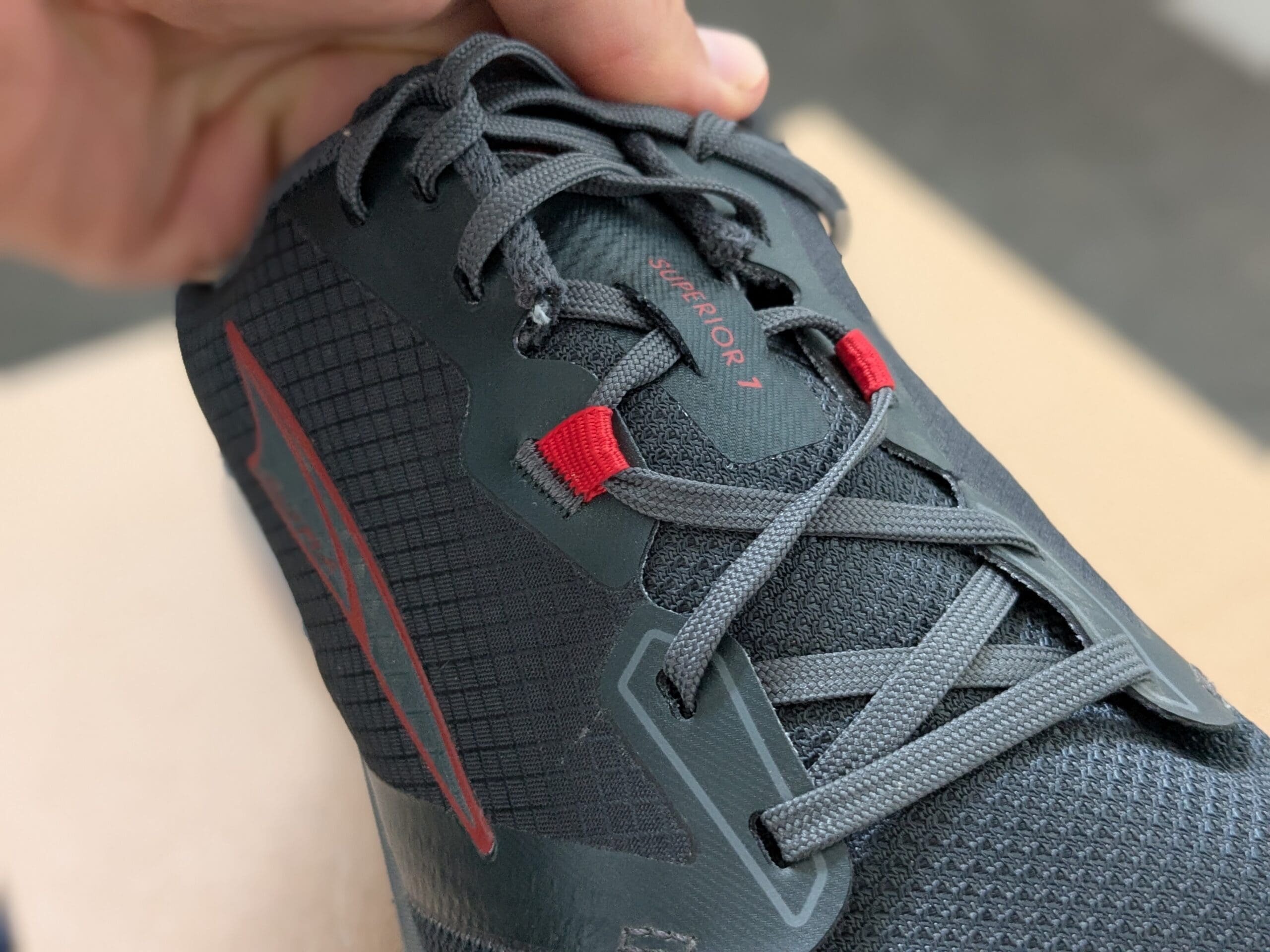
Midfoot fit is narrow (in barefoot terms), but the upper is flexible enough to accommodate some expansion. It’s not a tight clamp, which is nice. I would say the Superior is no different from other Altras, which I consider to have narrow midfoots.
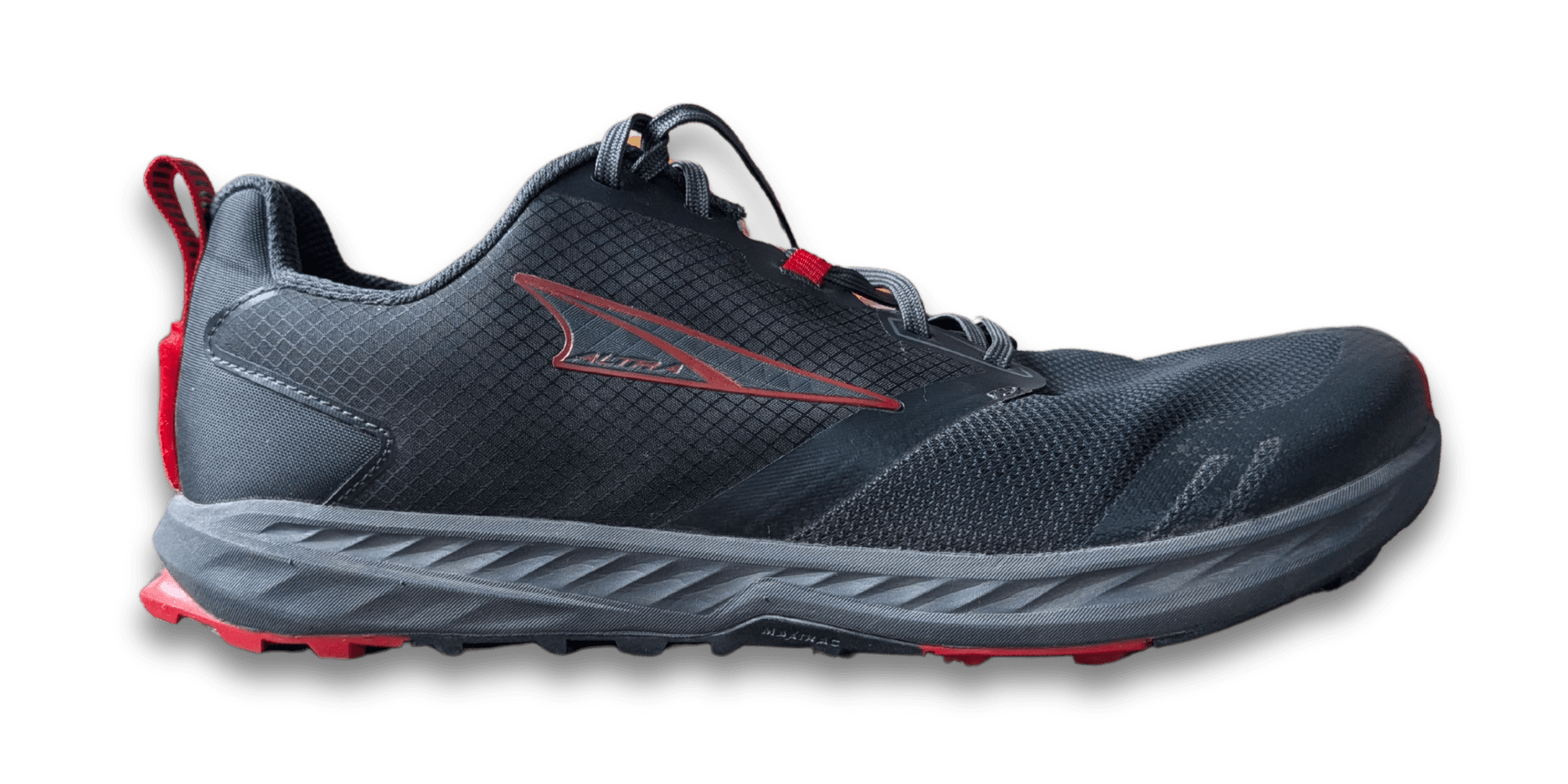
Altra Superior 7
This shoe is designed for optimal ground feel and flexibility. It’s genuinely among the most flexible of all Altra trail shoes I’ve tested. The midsole feels softer and more compliant, almost like standing on a thin layer of foam rather than a hard platform. It’s great to feel the rocks underfoot, but not damage your feet at the same time!
There’s no rock plate or anything to block sensation. That’s a game-changer for those who want a true barefoot feel and are willing to accept the tradeoff of less protection. If you do want more protection, I’d suggest looking at the King MT.
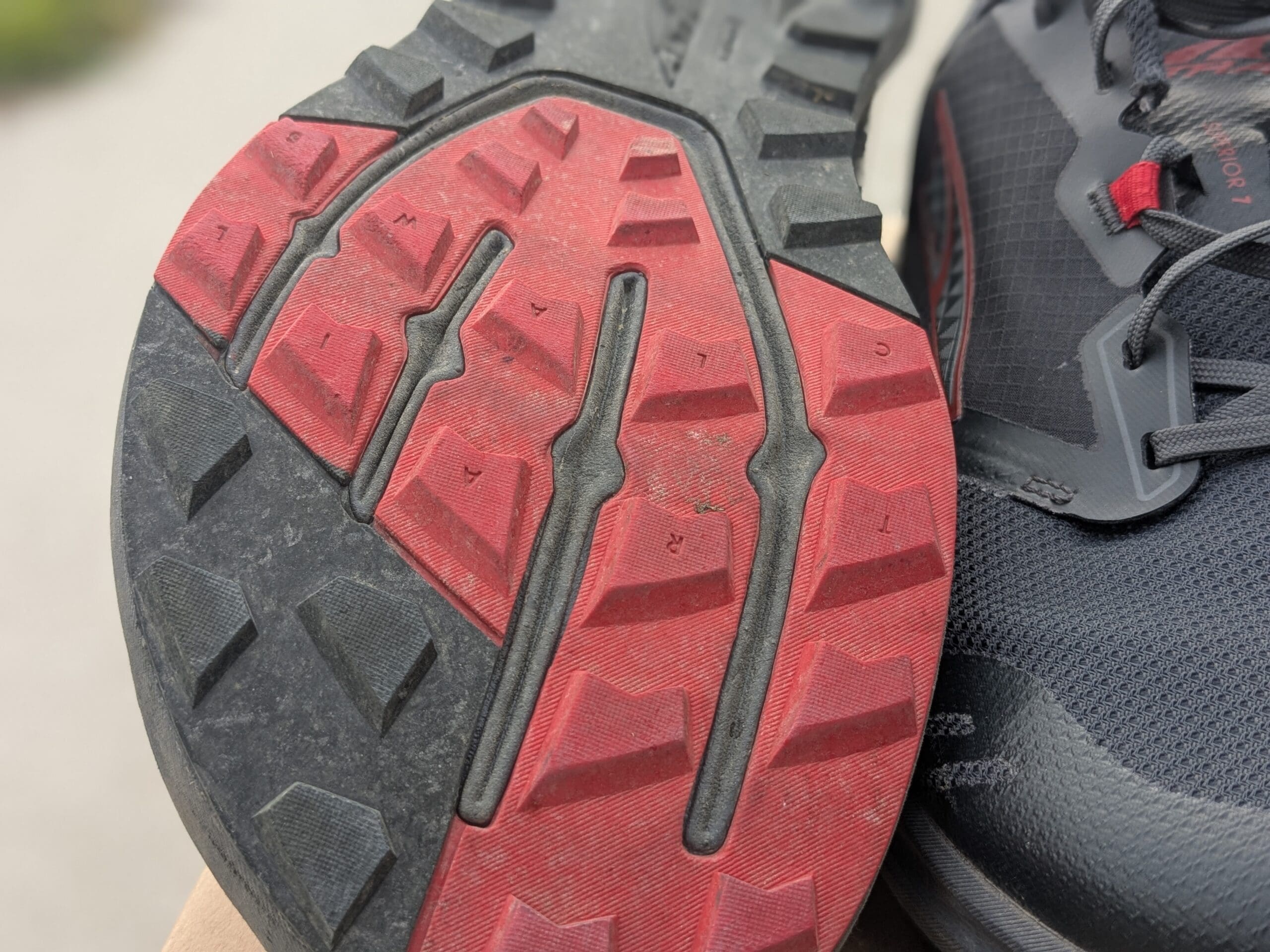
The outsole, with its Max Track rubber, has been revised and is the standout feature of the Superior 7. It feels more tacky—definitely an improvement in grip— and the lug pattern more trail-oriented than older versions. It’s not designed for deep mud, but it handles dry rocks, shale rubble, and loose dirt with confidence.
On dry terrain, the grip was excellent. I could run confidently over uneven surfaces and even dry grass, with a sense that I barely had a shoe on my foot. I’d like to see how it does in wet conditions, but initial impressions suggest that the improved tread pattern should provide a decent grip in damp or slick scenarios—something I plan to test soon.
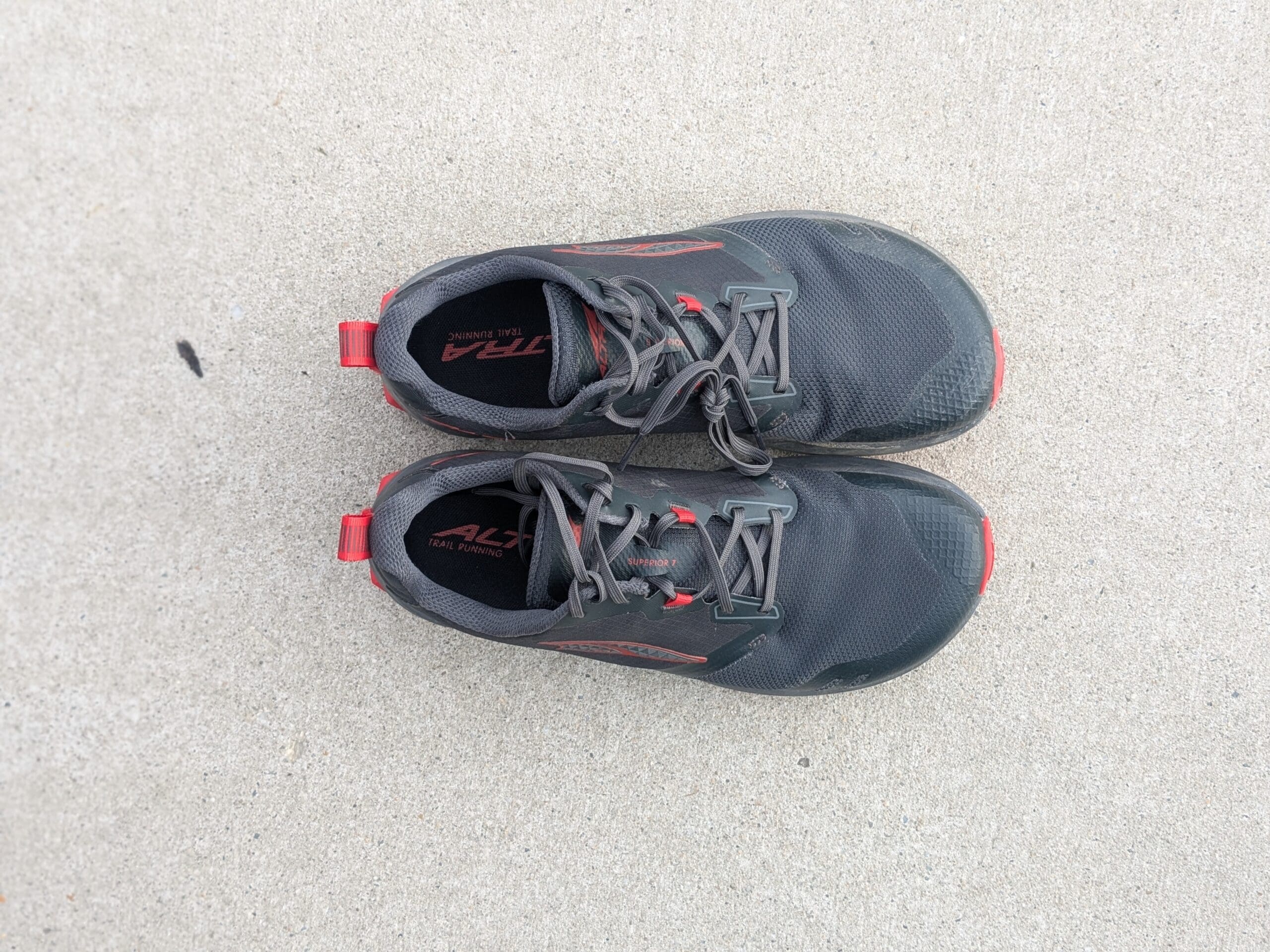
50km update
One tradeoff compared to the secure fit of the Superior 6 I’ve come to notice is on technical descents. The updated upper—while more comfortable and flexible—just isn’t as secure as the Superior 6. The more forgiving material makes the fit more accessible to a range of foot shapes, but it also sacrifices some of that locked-in feeling during fast, steep descents. Not a deal-breaker, but something to be aware of if you’re planning to use this shoe for more aggressive terrain.

Altra Superior 7
Durability could be a problem with the Superior 7, a common issue with Altra. The toe cap is now made from a more flexible material, less reinforced and rigid than the old versions, which may make it more prone to wear over time. The midfoot upper is also a thinner, more flexible fabric—sure, it’s lighter, but it probably won’t last as long if you’re pounding on tougher terrain repeatedly.
That said, the outsole remains pretty solid. It’s a full rubber unit, with a large surface area that should give decent longevity on gravel and hard-packed trails. I wouldn’t expect it to last forever, but it’s suitable for the kind of minimal, gravel-friendly trail running the shoe is aimed at.
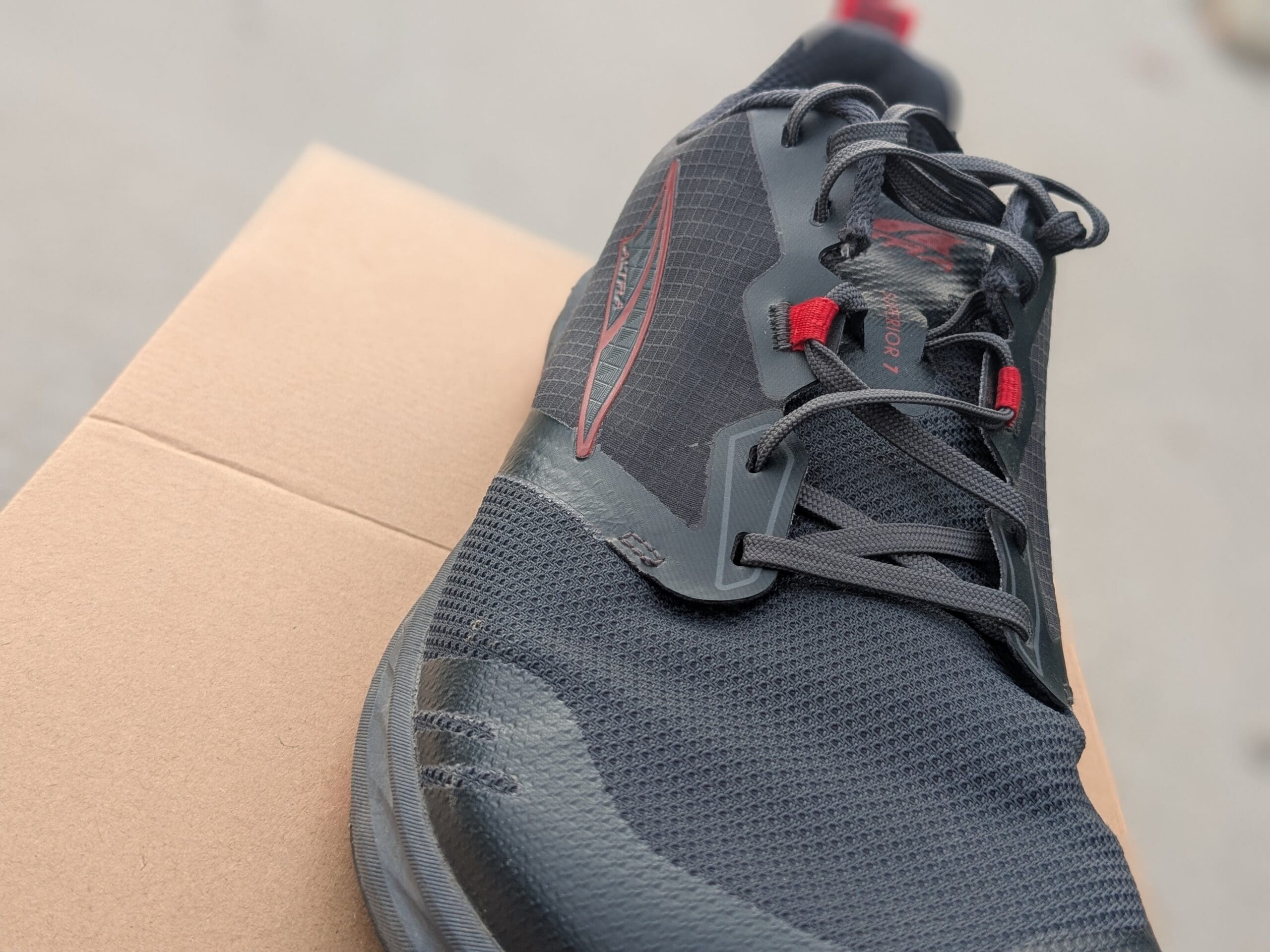
The midsole, made of EVA foam, is likely to flatten faster than those from other manufacturers. That’s typical of Altra shoes, BUT it’s not a big deal in this case because the stack height is so low. It remains adequately protective for quick, responsive trail runs, and hey… It just gets more minimal! 🙂
One small note: the upper’s eyelets are now threaded directly through the upper material, rather than through a plastic or reinforced loop. This, I think, helps avoid some durability issues I’ve seen in previous models—snapping eyelets can be a problem in wet/dry cycles, so this is a welcome update.

Altra Superior 7
I love the Superior line and have done for a while. The Superior 7 doesn’t change that.
This is my Lone Peak… If you understand the following behind the Lone Peak, you know what I mean. 🙂
If you want a minimal, slightly cushioned shoe for trail adventures, AND you don’t have a super deep foot, or a super wide midfoot, the Altra Superior 7 is a perfect choice!

Altra Superior 7

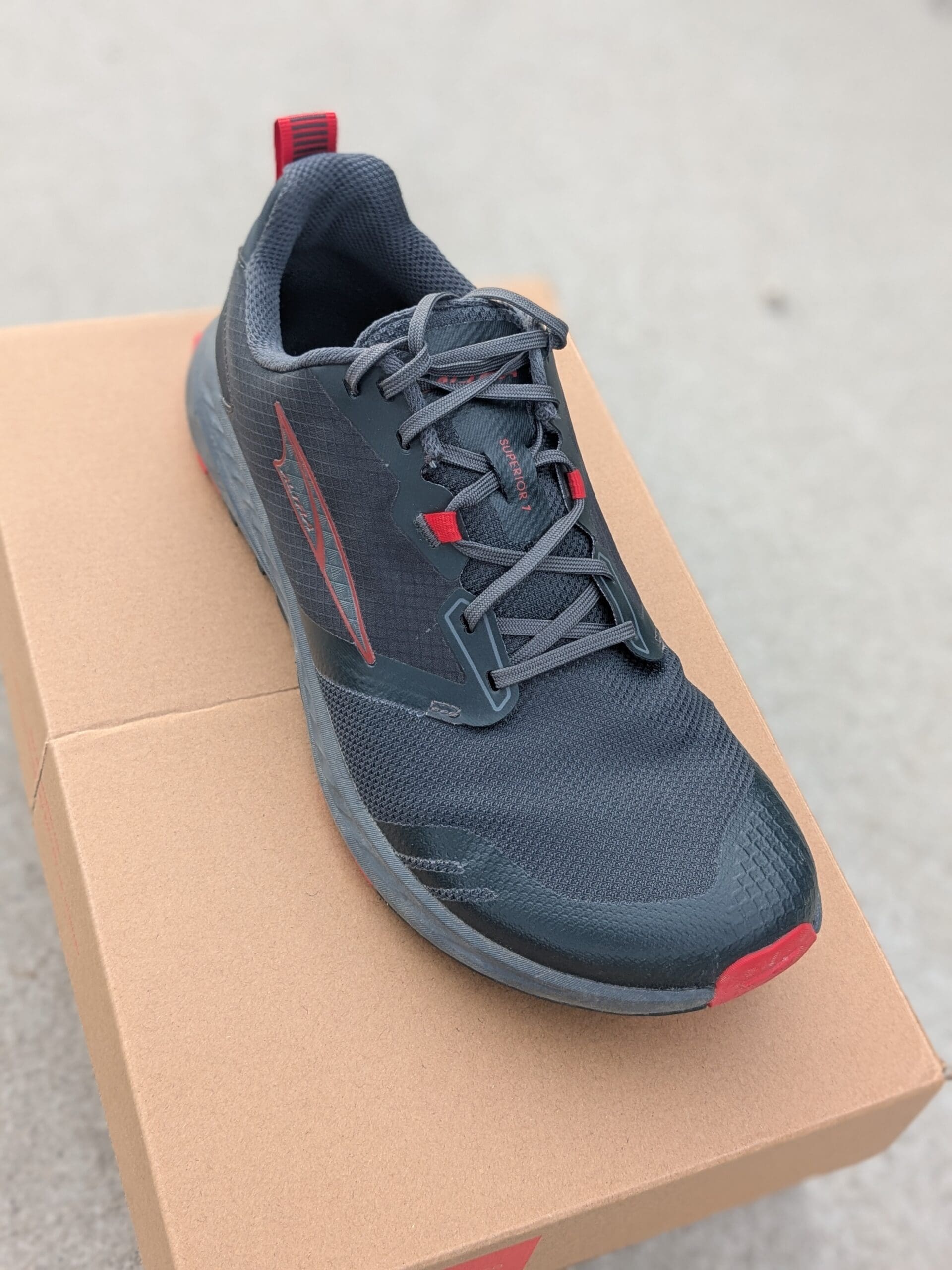
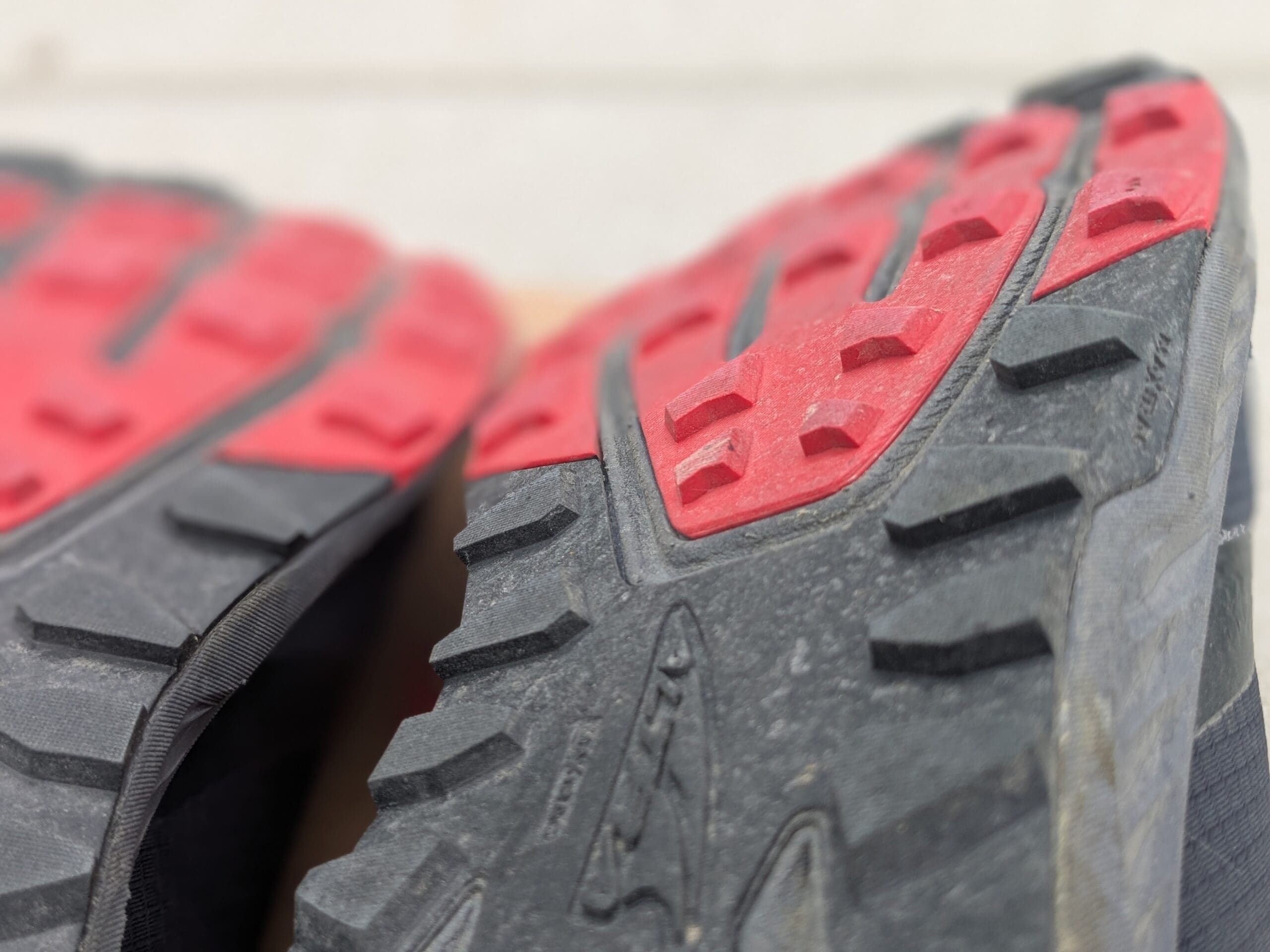
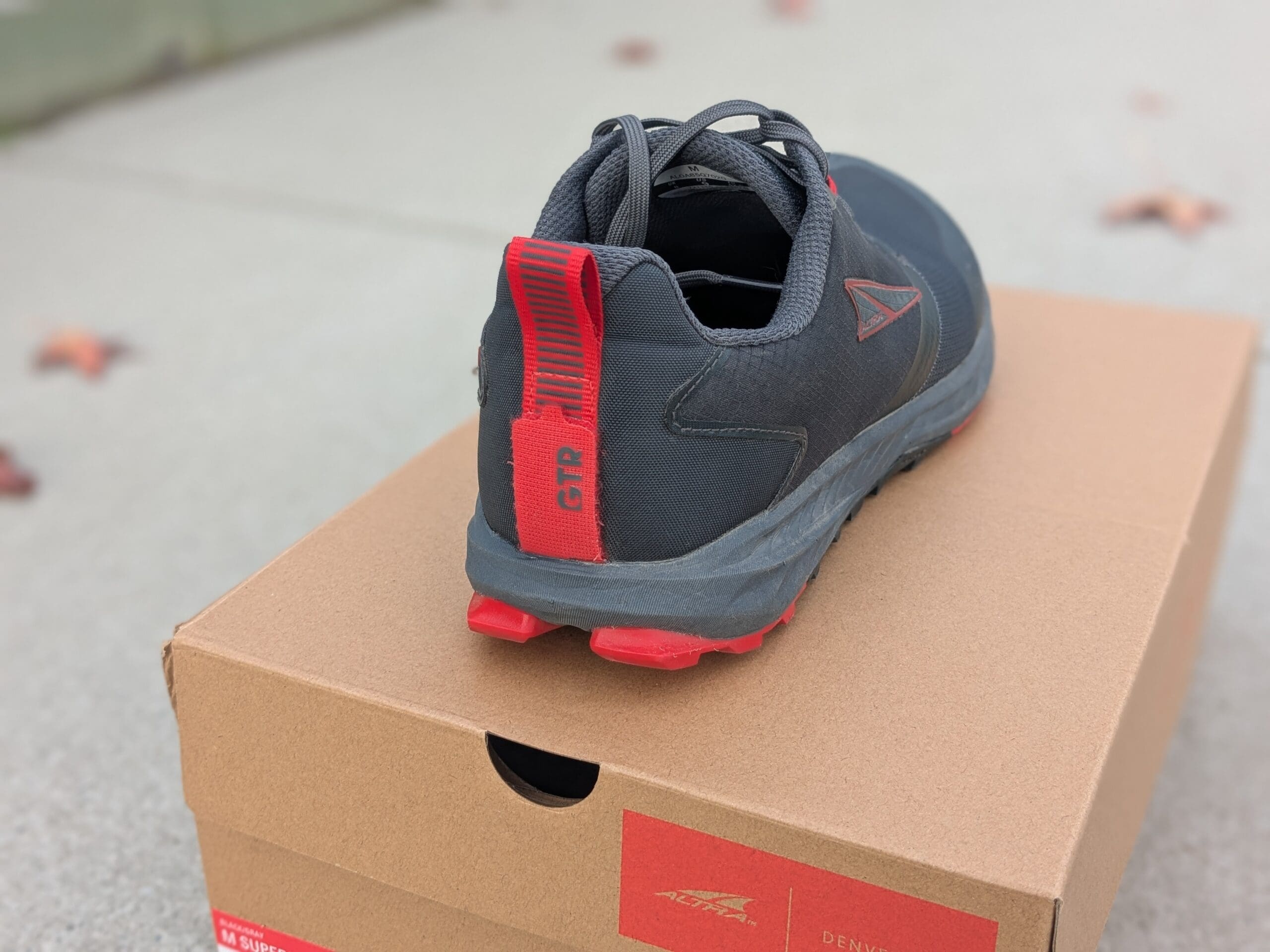
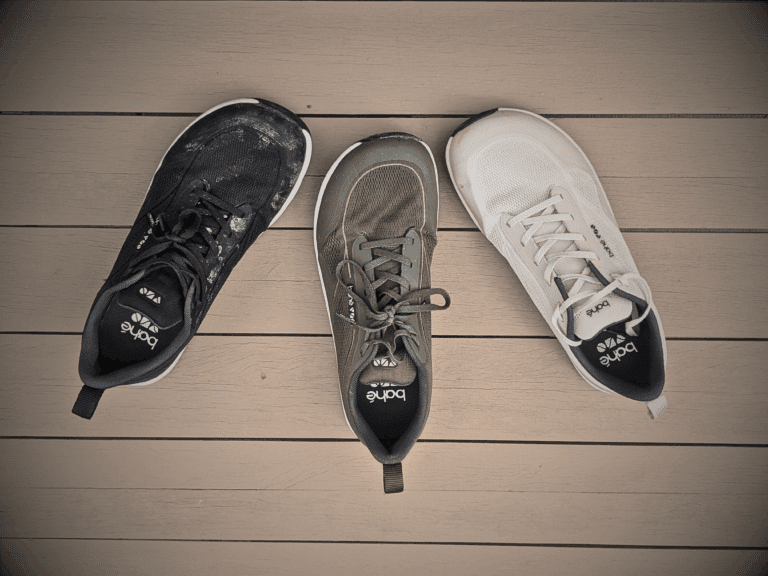
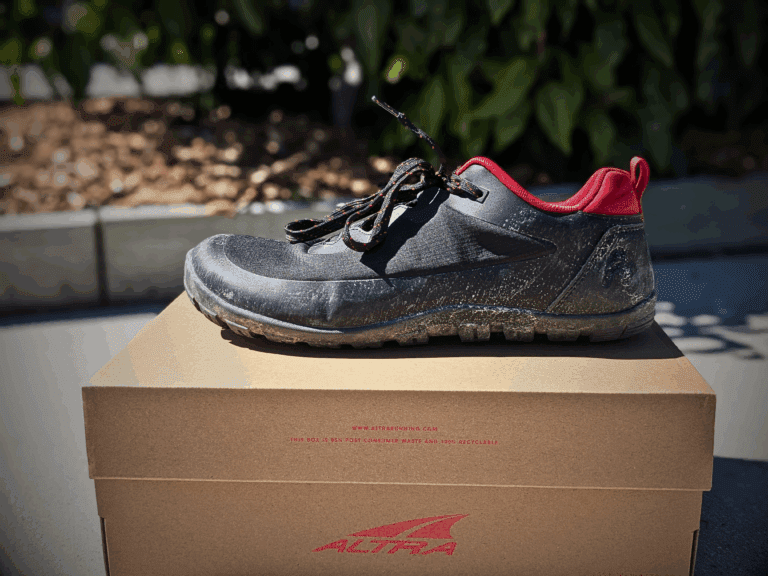
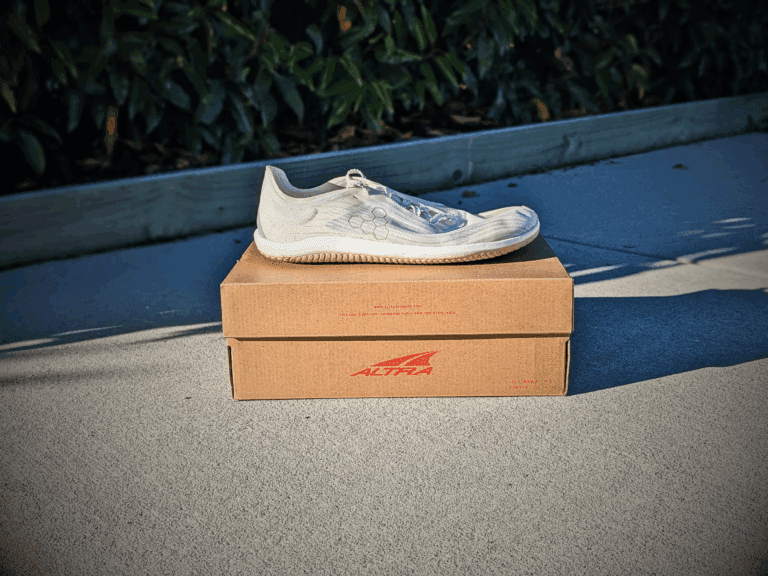
Hi Nick,
I have been using Xero shoes now for 5 years and have had achilles problems. So I tried the Bahe Revive and its been better for me, just the uppers dont last as long. I have a high arch (so deep) and average-width feet. I like the idea of more cushion but want a shoe ideally for light trail work. I have thought of the scrambler from Xero but reading your reviews here I am wondering if the Superior might be the answer. I liked the Xero Terraflex 2 and HFS roadshoe but do really need a bit more cushion. Any advice?
Cheers
O
Hi Oli!
Interesting – Where do the Bahe’s give way on the upper? I’d love to gather feedback.
I don’t think the Superior would work well for your volume. So I’d opt for the Scrambler Low instead. It’s a little more minimal, has a good outsole for mud and is a more relaxed in the fit. If Xero’s have served you well in the past, I think this could be a good one for you.
it’s hot in them in the summer?
I don’t imagine so. I’ve not taken these in +20 degree Celsius weather, but I didn’t ever get hot feet in them, when I have in other models such as the Timp 5 BOA.
Hi , I love lone peaks and vivo trail fg but now thinking trying superior 7 or trail flow low,
Is there more toe room in the superior, my toes are a little close in the trail fg but very happy in any lone peak .
The Superior has a lower volume than the Lone peak and that’s true through the toe box too. So if it’s the depth of the toe box, then I’d say it’s more similar to the vivos. In general the toe box is very similar to the vivos. The Vivo Trail Flow is very different cushion level. I love the minimal feeling, but it’s a very different shoe to the Superior